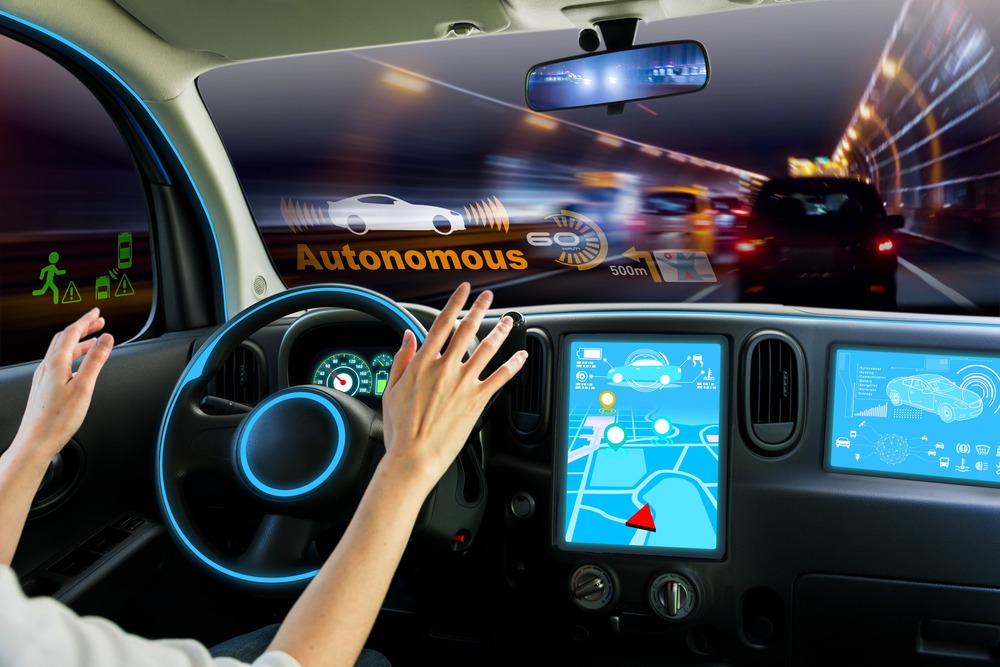
The Trump administration on Tuesday released revised guidelines that it says eliminates federal barriers blocking autonomous vehicle (AV) technologies from quickly getting tested on America’s roads.
U.S. Department of Transportation Secretary Elaine L. Chao announced the new federal guidance for Automated Driving Systems (ADS): A Vision for Safety 2.0, at the Mcity self-driving vehicle testing facility at the University of Michigan.
“Our country is on the verge of one of the most exciting and important innovations in transportation history: autonomous vehicles, self-driving cars,” said Chao during the press conference.
“The future of this innovative technology is so exciting,” Chao said, largely due to the myriad resulting benefits, including that it: helps users avoid crashes; dramatically reduces commutes; provides the elderly and people with disabilities access to the open road; and significantly decreases highway fatalities and injuries.
While many of today’s automobiles have enhanced technological features, tomorrow’s vehicles will build upon them and with each new model year, manufacturers will leverage more AV technologies to allow for a wider and more precise worldview outside the self-driving car that enables it to be navigated more safely, she said.
“Because safety has been, must be and will remain our number one priority,” said Chao.
The voluntary guidance, she said, clarifies the guidance process by stating that entities don’t need to wait to test or deploy their ADSs; revises unnecessary design elements from the safety self-assessment; and aligns federal guidance with the latest industry developments and terminology, among other items.
It’s intended to be flexible guidance, Chao added, that will evolve as technologies evolve.
Tuesday’s release of the DOT’s AV guidance booklet follows the Sept. 6 bipartisan approval by the U.S. House of Representatives of the Safely Ensuring Lives Future Deployment and Research In Vehicle Evolution (SELF DRIVE) Act, H.R. 3388. The bill would speed commercialization of self-driving cars without human controls and prevent states from blocking their deployment, and would improve the role of the National Highway Transportation Safety Administration (NHTSA).
Specifically, the House bill would permit automakers to put up to 25,000 AVs on the road in the first year without meeting existing auto safety standards, a cap that would rise over three years to 100,000 vehicles a year. Automakers would be required to provide regulators with safety assessments of their systems, however.
The Senate Sept. 8 introduced a similar draft bill that addresses AV-related issues such as prioritizing safety, promoting continued innovation while reducing barriers, remaining tech neutral, strengthening cybersecurity and reinforcing separate federal and state roles—many of the same provisions already included in the House SELF DRIVE Act.
On Sept. 13, the Senate Commerce, Science, and Transportation Committee is scheduled to hold a hearing titled, Transportation Innovation: Automated Trucks and Our Nation’s Highways, and will hear testimony from representatives of manufacturers, law enforcement, commercial vehicle operators, public interest groups and labor unions. Committee members said they want to “examine the benefits of automated truck safety technology,” as well as the potential impacts the technology might have on American jobs and the economy.
During today’s announcement, Chao also promoted the new DOT guidance booklet as meeting many of the same principles contained in the House SELF DRIVE Act and said it answers the call from industry, advocates, and state and local governments to ease regulatory burdens to deploying AVs.
And she acknowledged the narrow space where U.S. regulators and lawmakers are operating as they attempt to keep pace with advances in self-driving technologies. On one hand, the new guidance is “less burdensome” compared to the Obama administration’s September 2016 semi-voluntary guidelines released last year so that innovation by automakers and tech companies isn’t slowed down. But DOT and NHTSA also prioritize safety in the document, Chao said.
At the same time, she said, “As policymakers, we have the responsibility to safeguard and nurture innovation and creativity — this is part of our American legacy. We are ushering in a new era.”
Chao said the guidance “is not a static document. As technology advances and government gathers new information … we will continue to revise and update this guidance.”
In fact, DOT already plans to update this guidance by releasing document 3.0 in 2018, Chao said.